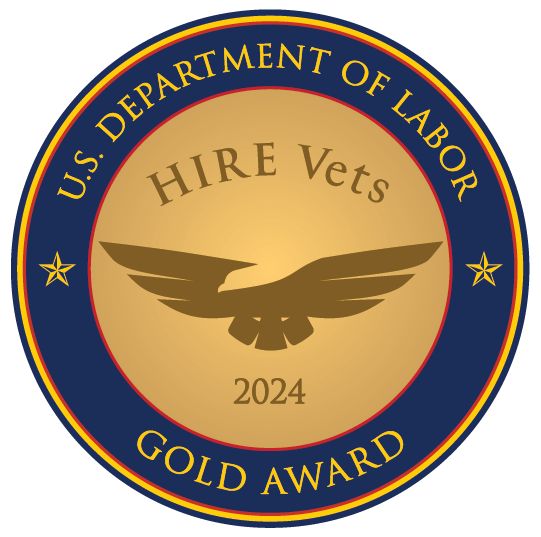What is a squib load? With over sixty years of shooting experience with everything from flintlock pistols to .50 cal machine guns, I’ve seen it all, or nearly so. Some common shooting issues are ammo related, and they can be mundane to outright dangerous and life threatening.
I’ve seen projectiles loaded in cases backwards, primers inserted upside down, sideways or not at all, ball ammo missing its copper jacket, yet still seated in the case, split cases and overly seated projectiles — and the list goes on.
If you shoot long enough, you too, will experience the same issues no matter if it’s reloaded/remanufactured or factory ammunition.

One big issue of concern for any shooter is what is known as a “squib load”. Let’s start with a bit of information which most shooters are unaware of: The 9 mm cartridge is in all likelihood the most popular cartridge in use today with maybe the .22 rimfire being the exception. Few shooters are aware when the 9mm cartridge is fired it can generate in excess 32,0O0 PSI – yep, that’s a LOT of pressure, and today’s firearms are well designed to deal with it under normal operation. But, with a “squib load” causing a projectile to lodge in the bore, that pressure can become a serious issue which can, and has, caused injury and worse.
Rifle cartridges are not immune to the issue and it’s compounded by the fact that the modern rifle cartridge can generate 62,000 PSI and more when fired. So just what is a “squib load”?
So What is a squib load?
The below link describes it well, but in short — when shooting, if it doesn’t sound right, stop shooting and evaluate before trying to discharge another round.
https://en.m.wikipedia.org/wiki/Squib_load
Top Tactical and Firearms training
The TTC offers top firearms training and tactical courses in Flemington, NJ



